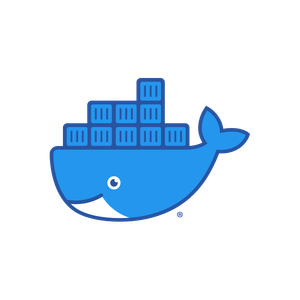
Server-side application with Dart
How to create multithread server-side applications with Dart and deploy them.
Let's analyze how the service allows you to search through the documentation of the flutter: https://plugfox.dev/flutter-api-search/
Also, look at shelf (Web server) and drift (SQLite database) packages.









![Business Logic Component [4/4]](/content/images/size/w300/2023/01/stages-of-block-building-for-preschoolers.jpg)
![Business Logic Component [3/4]](/content/images/size/w300/2022/12/rubik.jpg)
![Business Logic Component [2/4]](/content/images/size/w300/2022/11/pinhead-hellraiser-cosplayer-1ndo1jhzyu5np4hj-1ndo1jhzyu5np4hj.jpg)